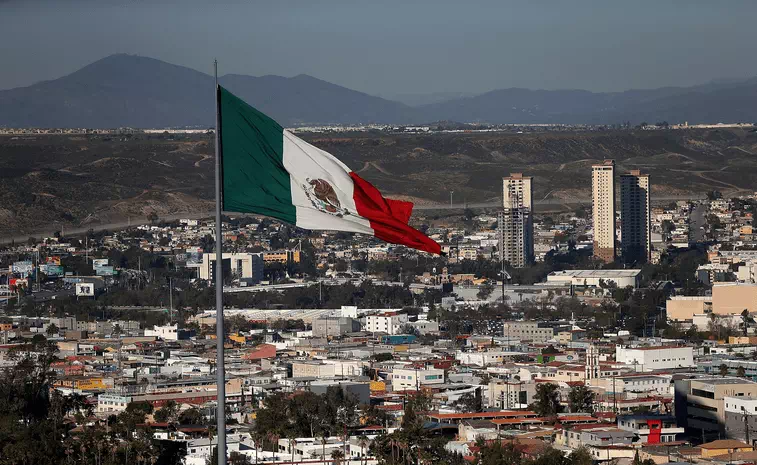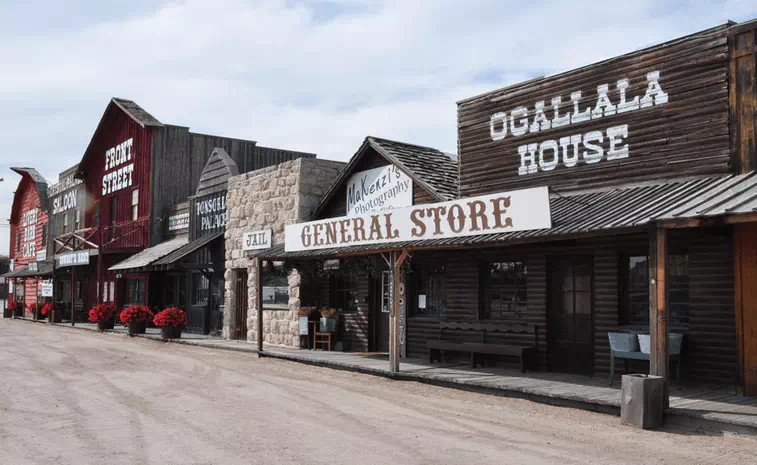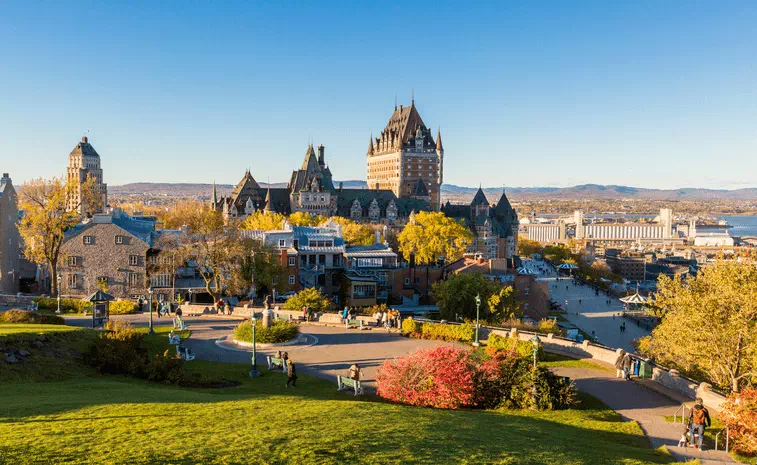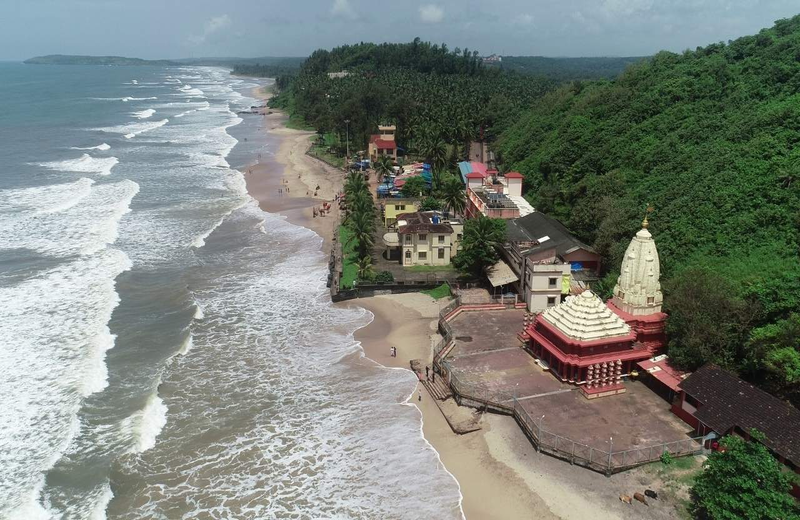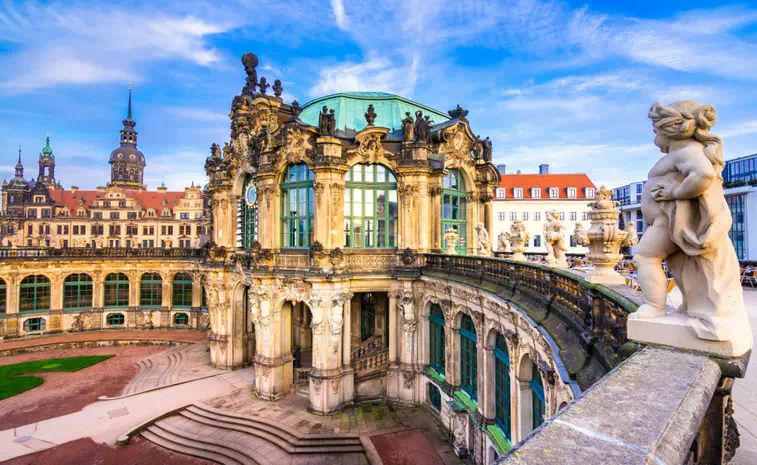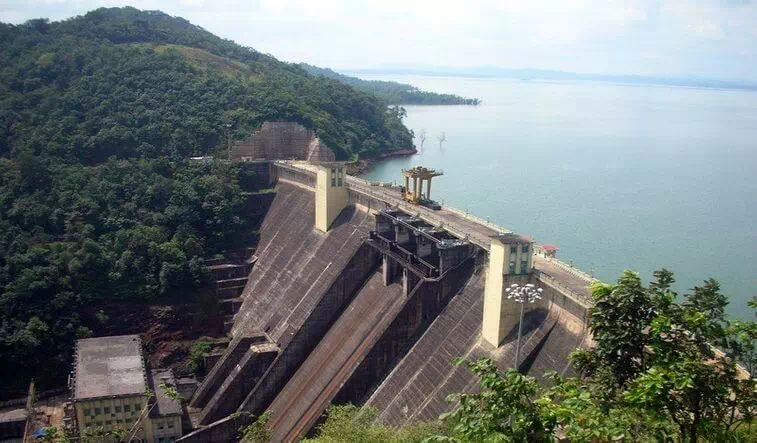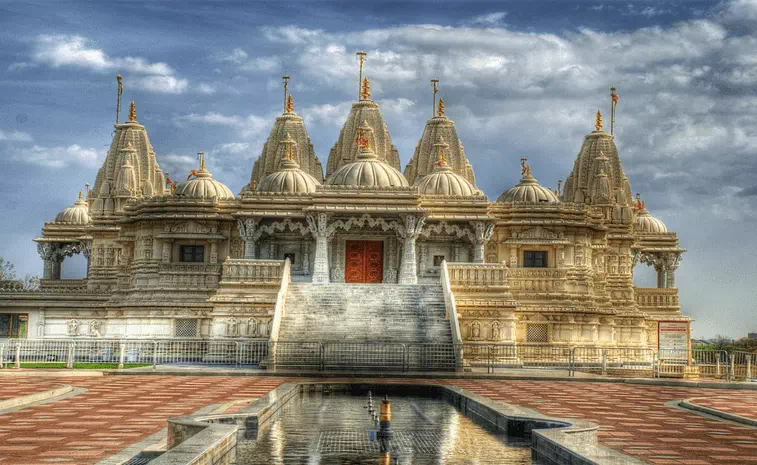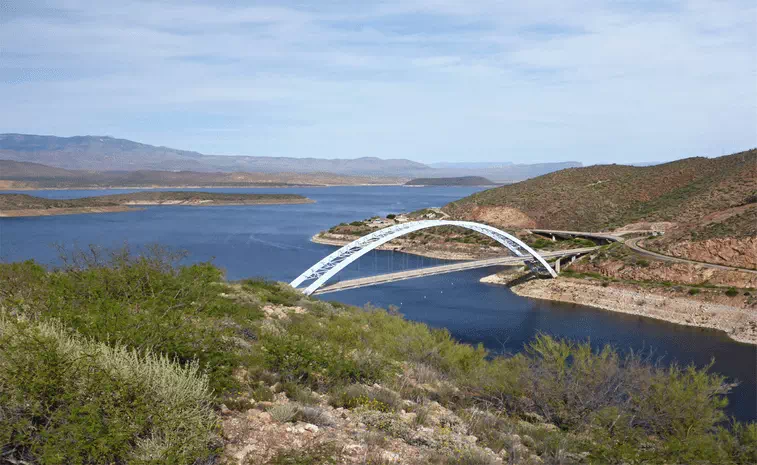Information About Virupaksha Temple Architecture
Virupaksha Mandir
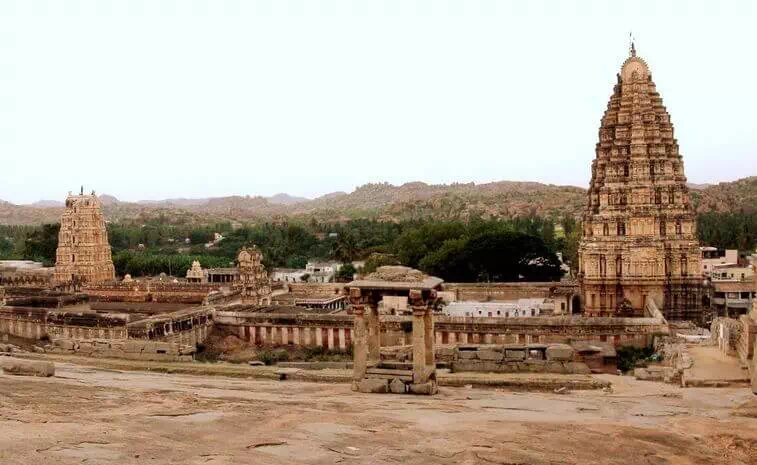
Today we are going to talk about Virupaksha Temple. This temple is located in Hampi, Ballari district in Karnataka, India. Virupaksha Temple is known as part of the Group of Monuments at Hampi. And Virupaksha Temple has been designated as a UNESCO World Heritage Site. This temple is dedicated to Lord Shiva. The Virupaksha Temple was built with the help of Lakkana Dandesha’s who was the commander under King Dev Rai II. So let us gather a little more information about Virupaksha Temple.
This temple is considered to be the main center of pilgrimage at Hampi. And for centuries the Virupaksha Temple was considered the holiest sanctuary. The Virupaksha Temple is intact among the surrounding ruins and is still used in worship. The Virupaksha Temple is dedicated to Lord Shiva and is known here as Virupaksha as an ally of the local goddess Pampa Devi which is associated with the river Tungabhadra.
Virupaksha Temple is a sacred and secluded place for tourists. The Virupaksha Temple attracts large groups of devotees in the month of December. The annual Rath Utsav is held at the Virupaksha Temple in the month of February.
Architecture
Currently the main temple of Virupaksha Temple has a sanctum sanctorum, three rooms, a pillar and an open pillar hall. This temple is decorated with delicately carved pillars. The Virupaksha Temple is also surrounded by a pillared cluster, entrances, courtyards, small temples and other structures. There is a holy place of worship on this temple and there is a room with a number of pillars and 3 antechambers.
The nine-tiered eastern gateway to this temple and which is the largest of 50 meters. The Virupaksha Temple contains some of the earlier compositions. The Virupaksha Temple has a brick superstructure and a stone base. Virupaksha Temple gives access to the outer court with many sub-temples.
The Virupaksha Temple has a gravel base that gives way to the court. The Virupaksha Temple court has various sub-sanctuaries. The eastern gopuram inside the Virupaksha Temple is made up of three floors while the north gopuram has five floors. A narrow river Tungabhadra flows on the steps of Virupaksha Temple and then comes out of the temple-kitchen and outer court.
The Kanakagiri Gopuram on the north side of the temple takes tourists a little further along the complementary sanctuaries. Krishnadevaraya, a famous Vijayanagara king, was a contributor to the Virupaksha Temple. It is believed that the hall of the main pillar of this temple is the most decorated structure. And that's their addition. Next to the hall of Virupaksha Temple is a stone slab with inscriptions which reveal its offer for Virupaksha Temple.
The dilapidated mandapam around this temple is plentiful. In front of the Virupaksha Temple, an ancient shopping center was attached to the mandapam. The ruins of this temple still stand today. Mathematical concepts are used for the construction and decoration of Virupaksha Temple. Virupaksha Temple has frequent patterns showing the concept of Fractals. The main shape of Virupaksha Temple is triangular.
The Virupaksha Temple is considered to be the most decorated of all the constructions and the central pillar hall is considered to be their addition. This is how the gateway tower enters the inner courtyard of the Virupaksha Temple. The inscriptions on the stone slab installed next to the pillar hall of the Virupaksha Temple illustrate his contribution to the temple. A relatively small part of the complex of Virupaksha Temple has come to occupy. The hall of Virupaksha Temple was used for various purposes. Statues of deities were placed in this temple to witness special programs of music, dance, drama, etc. and others were used to celebrate the marriage of deities.
History
The history of Virupaksha Temple dates back to the 7th century. The inscriptions mentioned by Shiva on the Virupaksha Temple date back to the 9th and 10th centuries. What started as a small temple at Virupaksha Temple grew into a large complex under the Vijayanagara rulers. Evidence suggests that many additions were made to the Virupaksha Temple at the end of Chalukyan and Hoysala. However most of the buildings of Virupaksha Temple are attributed to Vijayanagar period. The huge Virupaksha Temple was built by Lakkana Dandashe, the ruler of Dev Raya II of the Vijayanagara Empire.
Virupaksha Temple started as a small temple. Original crafts, arts and culture developed during the reign of the dynasty during the fourteenth century. But when the Vijayanagar rulers were crushed by Muslim intruders this beautiful Virupaksha Temple and its structures were destroyed. Under the rulers of Vijayanagar, flowers of original art and culture began to bloom at the Virupaksha Temple in the middle of the 14th century.
The destruction of Hampi in 1565 did not end the devotion of Pampa and Virupaksha. Virupaksha Temple is still worshiped today and has been going on for years. There the Virupaksha Temple underwent extensive renovations in the early 19th century and included roof paintings and towers to the north and east gopura.
How The Devotees Reach This Temple
1. By Road
From places like Bangalore, Bellary and Hospet, tourists can take a bus to Hampi and visit this temple. Volvo and AC buses are available for tourists to reach Virupaksha Temple. Tourists can also get a cab to go to Virupaksha Temple.
2. By Air
The nearest international airport from Hampi is Bellary, which is 350 kilometers away, for tourists to visit this temple. Devotees can visit the Virupaksha Temple from Bellary to Hampi.
3. By Rail
The nearest railway station for tourists to visit this temple is Hospet, about 13 km away. It is well connected with big cities like Bellary and Bangalore. Devotees usually hire a cab from Hospet to reach Hampi. The distance from Bangalore Railway Station to Hampi is about 288 km.







